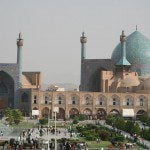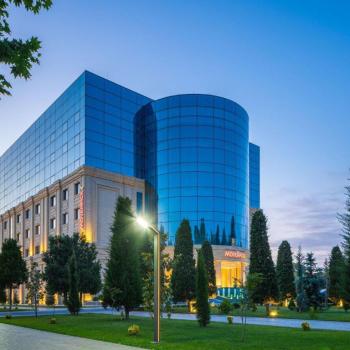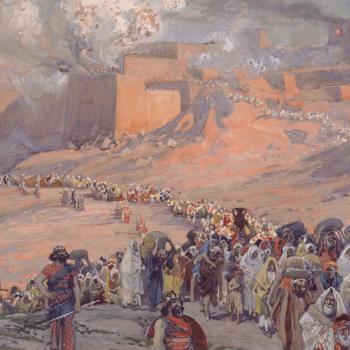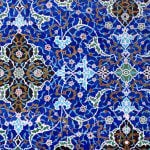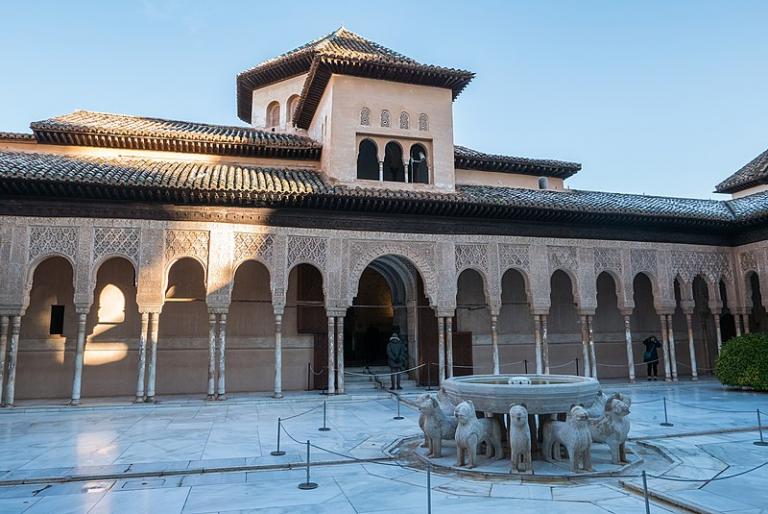
(Wikimedia Commons public domain image)
As the Arabs declined, however, new Islamic powers were on the rise. Prominent among these was the Ottoman Turkish Empire. In 1453, the Ottoman sultan Mehmet II conquered the city of Constantinople, the capital of the Byzantine Empire. Importantly, he used gunpowder and artillery to do so—an omen of things to come. The Turks renamed Constantinople “Istanbul,” and it became the most prosperous city in Europe. For, although we don’t often think of Istanbul in this way, it was and is at least partially in Europe. Most of the sprawling Ottoman capital was in Asia, but a section of it lay across the straits of the Bosporus in what was, technically, Europe. Some writers have called Istanbul a very special place because it straddles two continents. But the line dividing Europe from Asia is purely artificial, appearing only on a map; there is no black line running down the middle of the Bosporus.
Still, the conquest of Constantinople merely completed what had obviously been underway for a long time. The Byzantine Empire, which deserves far more credit from the West than it ever receives for serving as a bulwark against Arab expansion, had been shrinking steadily for years. By the time of Mehmet II, it was little more than a city-state—though a city-state with immense walls and an immensely impressive past. But those who had seen the handwriting on the wall and who could do so had been fleeing for years, knowing a sinking ship when they saw one. And they had been fleeing, for the most part, to the West. With them, they brought Greek manuscripts and a knowledge of the Greek language which was still the everyday spoken tongue of the Byzantines. This new influx of Greek learning had a great deal to do with the European Renaissance. It opened Western eyes to the long-lost glories of Hellenistic civilization and expanded horizons beyond the rather cramped world of late Latin scholasticism.
But even as Islam seemed to be advancing in the East by taking the long-coveted city of the Byzantine emperors, it was losing ground in the West. There, in Spain and Portugal, Islamic civilization had been under attack and on the retreat for many years. In 1492, the last Muslim ruler was finally driven out of the Iberian peninsula, and one of the finest chapters in the cultural history of Islam came to a close.[1] Along with certain other events, 1492 was a rather good year for Ferdinand and Isabella of Spain. Whether the expulsion of the Arabs from Europe was a good thing for the Europeans is an entirely different question.
[1] A. J. Arberry’s chapter “Lyrical Interlude,” in his Aspects of Islamic Civilization, uses Spanish Arabic poetry to paint a pleasant picture of life in Andalusia.
Posted from Park City, Utah



